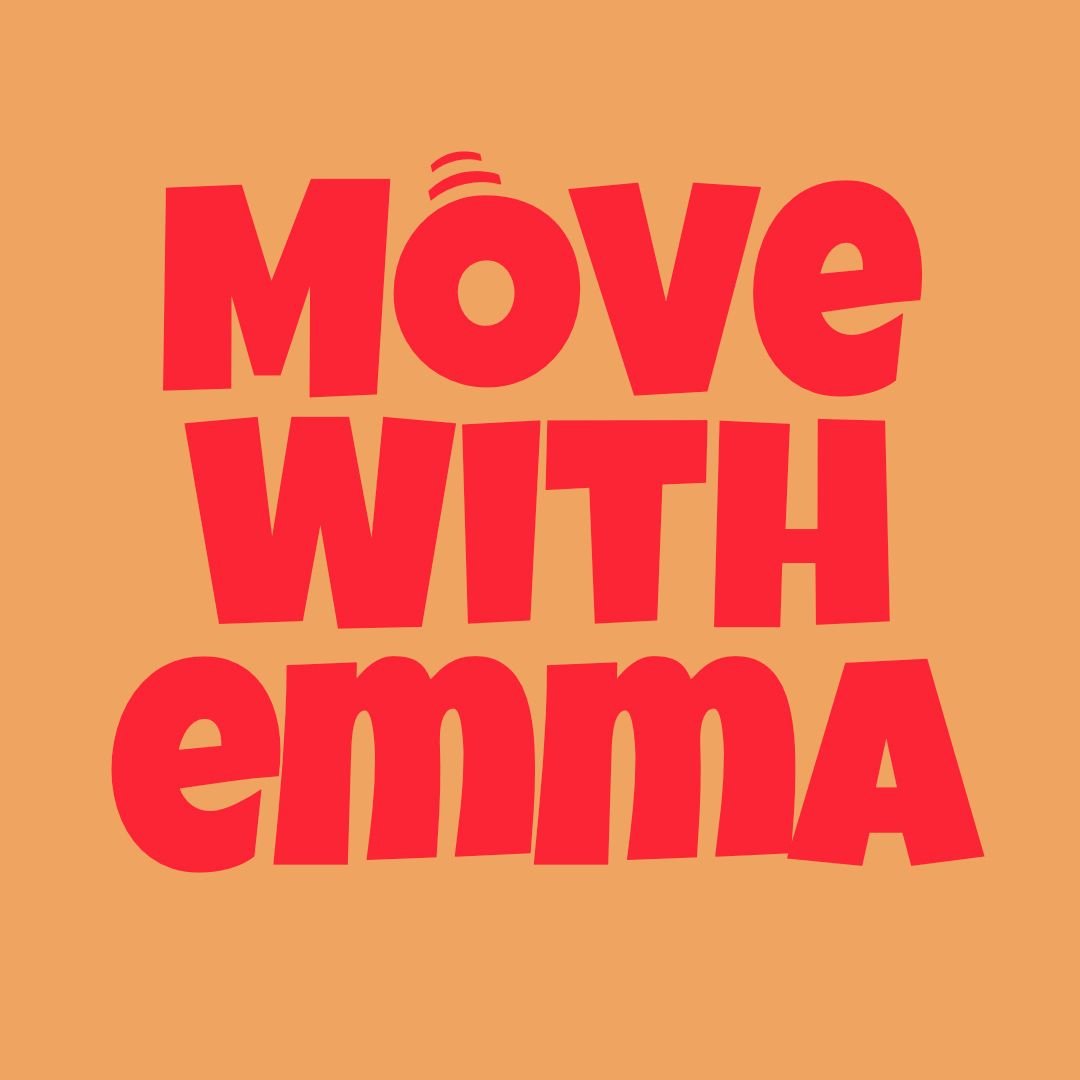There’s No Such Thing as a “Special” Menopause Training Plan
BUT, here’s what does work…
Let’s get one thing straight: despite what Instagram wellness coaches might tell you, there’s no special, magic training plan just for menopause.
What there is, though, are training elements that work really well with the physiological changes that happen during the menopause transition, and help counter the more frustrating symptoms too.
Here are the five areas I focus on with my clients in midlife and approaching or in menopause:
1. Strength Training
This one’s non-negotiable. We naturally lose muscle mass and bone density as we age, and strength training is one of the most effective tools we’ve got to combat that.
Side note - if you're looking to drop body fat, here's something women don't realise, being under muscled as we age is one of the biggest reasons fat gain creeps up over time. If you want to change your body composition (less fat, more muscle), this is where you need to focus: strength based training, done with intention
Try to include one to two sessions per week. These don’t need to be long, but they do need to hit the big muscle groups—think squats, hinges (like deadlifts), rows, presses, and lunges. These compound movements work multiple areas at once, support bone density, and make everyday life feel easier.
2. Power Work
Power = the ability to move quickly and forcefully. It is the first physical quality we start to lose with age. And that’s a problem, especially when it comes to balance, trips, and falls.
Adding in one to two sessions of jump-based or explosive-style movements (appropriate for your body and experience) can make a huge difference.
This doesn’t mean box jumps or burpees unless you’re already trained for those.
Think: mini hops, squat jumps, medicine ball slams, even skipping. You can slot these into your warm-up or include them at the start of a strength session while you’re fresh.
3. Pelvic Floor Health
As estrogen declines, so can the strength and coordination of your pelvic floor. Cue symptoms like leaking, heaviness, or even prolapse.
Pelvic floor work isn’t just Kegels. It’s about learning how to connect and contract your pelvic floor muscles during movement.
Include a mix of long holds (e.g., 5–10 second contractions), short pulses, and coordination with breath and movement. These can slot into your warm-up or be integrated into strength exercises like squats and bridges to make them functional.
4. Cardiovascular Training
Heart health becomes even more important during and after the menopause transition. Estrogen has a protective effect on the heart, and as it drops, our risk of cardiovascular disease goes up.
Regular movement that gets your heart rate up whether it’s a steady walk, a jog, a dance class, or a short, spicy HIIT session will make a difference.
You don’t need to go all-out unless you want to.
Two cardio sessions per week (of any intensity you enjoy) is a great place to start. And yes, things like gardening or brisk dog walks totally count.
5. Mobility Training
Mobility is a key part of training during the menopause transition. As estrogen levels decline, tendons can become stiffer and less elastic, reducing joint range of motion and making movement feel harder. Mobility training , short, focused joint-strengthening exercises helps maintain flexibility, strengthen the joints, and support ease of movement.
These exercises can be included in your warm-ups or done as standalone sessions to help you move better both in everyday life and during your workouts.
Aim to perform mobility exercises a couple of times a week, and if you have specific areas of tightness or discomfort, you can work on those more frequently.
The bottom line?
There’s no one-size-fits-all formula, but these five elements, strength, power, pelvic floor, cardio and mobility are the foundations that support your body through menopause and beyond.
Not because you’re broken, or need fixing, but because your body deserves training that works with it, not against it.
I build all of these into my 3 x 30 minute classes and, if you’ve been feeling a bit lost with your training lately, or like nothing quite fits anymore, drop me a message. I’ve got you.


